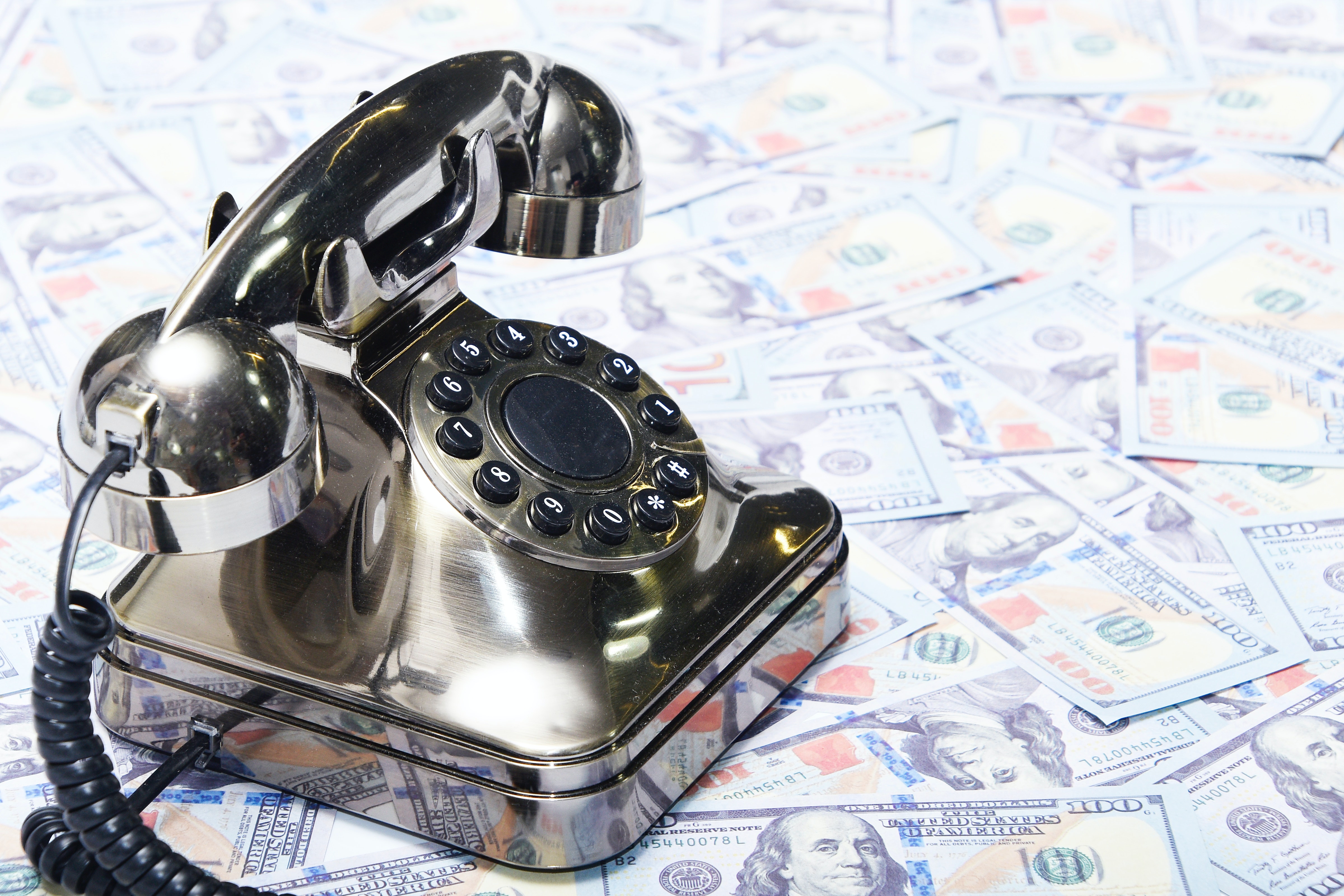How Political Instability, Global Oil Prices, and US Economic Changes Affect Brazil’s Real-to-USD Exchange Rate
GPT_Global - 2025-10-28 07:00:22.0 7
How does political instability in Brazil affect the USD conversion rate?
Political instability in Brazil can have significant effects on the USD conversion rate, especially for remittance businesses. Brazil's economic performance often depends on the stability of its government policies and political climate. When political unrest or uncertainty arises, it creates a ripple effect in the financial markets, leading to a decrease in investor confidence. As a result, the Brazilian Real (BRL) may weaken against the US Dollar (USD).
For remittance businesses, this fluctuation in the USD/BRL exchange rate can impact the value of money sent to Brazil. A weaker BRL means that recipients may receive less value for the same amount of USD sent. This could prompt senders to adjust how much they transfer or seek alternative remittance methods to minimize loss due to unfavorable conversion rates.
In conclusion, understanding the link between political instability and exchange rate fluctuations is crucial for remittance businesses. By staying informed and planning ahead, they can help customers make the most of their money transfers, regardless of political uncertainties in Brazil.

Are there any restrictions on exchanging Brazilian real for USD in Brazil?
When it comes to exchanging Brazilian Real (BRL) for US Dollars (USD) in Brazil, there are some regulations to be aware of. In general, there are no significant restrictions on the exchange process. Both banks and authorized exchange houses (known as *casas de câmbio*) are available for currency conversion. However, you should be mindful of the exchange rate and the fees that may be involved, which can vary from one service provider to another.
It is important to note that while there are no strict legal limits on exchanging BRL for USD, large transactions may require additional documentation or explanations for anti-money laundering (AML) and know-your-customer (KYC) purposes. If you are exchanging a large sum, you may be asked to provide proof of the source of the funds.
Additionally, if you are sending remittances or making international transfers, it’s essential to consider the exchange rate provided by your remittance service, as this can impact the amount of USD you’ll receive in return for your BRL. Many remittance services offer competitive rates and lower fees compared to traditional banks.
How do global oil prices influence the value of the real against USD?
Global oil prices play a major role in shaping the value of the Brazilian real (BRL) against the US dollar (USD). As one of the world’s top oil producers, Brazil’s economy is sensitive to oil price fluctuations. When global oil prices rise, Brazil earns more from exports, strengthening the BRL. A stronger real means better purchasing power for Brazilians sending or receiving international money transfers.
However, when oil prices fall, export revenues decline, weakening the real against the dollar. This can make remittances from abroad more valuable in Brazil, as each US dollar sent home converts into more reais. For remittance businesses, understanding these oil price movements is crucial for managing exchange rate volatility and providing competitive rates to customers.
Monitoring global oil trends helps remittance companies optimize transfer timing and advise customers effectively. As oil markets shift, so do currency values—directly influencing how much money families in Brazil receive. Staying informed about the link between oil prices and the BRL-USD rate ensures smarter, more efficient international transfers.
How do changes in the US economy affect the value of the real to USD?
The value of the Brazilian real (BRL) against the US dollar (USD) can fluctuate significantly based on changes in the US economy. These fluctuations impact individuals and businesses in Brazil who rely on remittances, as well as those sending money from the US. A stronger USD can lead to lower conversion rates, reducing the amount of local currency recipients in Brazil receive. Conversely, if the USD weakens, remittances may increase in value, benefitting recipients who rely on these funds.
Factors such as interest rates, inflation, and economic growth in the US all play a role in the value of the dollar. For instance, when the Federal Reserve raises interest rates, the USD may strengthen due to increased demand from global investors seeking higher returns. This can result in less favorable exchange rates for remittance receivers in Brazil.
For the remittance business, understanding these economic trends is vital for offering competitive rates and ensuring that customers can send money efficiently. Keeping track of US economic indicators can help businesses predict exchange rate movements, allowing them to offer more value to their customers.
What would happen if Brazil adopts the US dollar as its currency?
In recent years, the idea of Brazil adopting the US dollar as its official currency has sparked significant debate. If Brazil were to make this move, it could dramatically reshape the country's financial landscape, particularly in the remittance business. With the US dollar as the official currency, cross-border transactions between the United States and Brazil would become simpler, eliminating exchange rate risks that often complicate international money transfers.
For remittance companies, this change could lead to faster and cheaper transfers. The stability of the US dollar would provide a more predictable framework for sending money, reducing costs associated with currency conversion and fluctuations. Brazil's large population of migrant workers sending money home would benefit from lower fees and faster transaction processing times.
However, the adoption of the US dollar would come with challenges, such as losing some control over monetary policy. Brazil would no longer have the ability to influence interest rates or inflation through its own currency. While this could foster financial stability, it might limit the country’s ability to respond to domestic economic changes.
In conclusion, the adoption of the US dollar in Brazil would bring numerous benefits to the remittance industry, making it easier for Brazilians abroad to send money home. However, the trade-offs could have lasting economic implications for the country’s financial independence.
How much is 1 real worth in US dollars if I exchange it in the US?
When it comes to exchanging Brazilian real (BRL) for U.S. dollars (USD), the value can fluctuate depending on various economic factors. Understanding the current exchange rate is key for those sending money internationally or conducting business between Brazil and the U.S. As of now, 1 BRL is typically worth between 0.18 and 0.20 USD, but this rate may change daily based on market conditions, demand, and geopolitical factors.
For individuals in the U.S. looking to exchange real, it’s essential to consult trusted remittance services or currency exchange platforms to get the best rate. This ensures you are receiving the most favorable exchange and minimizes hidden fees that some services might charge. By utilizing professional remittance businesses, you can make sure that your funds go farther when transferred from Brazil to the United States.
If you plan on transferring money or converting real to dollars, it’s a good idea to compare various service providers to find the best exchange rate available. Keep in mind that exchange rates can vary between banks, money transfer services, and online platforms, so doing your research will help you save on fees and get more USD for your real.
Does the real strengthen or weaken against the USD when interest rates rise in the US?
The Brazilian real’s behavior against the USD is influenced by various economic factors, one of the most notable being changes in interest rates in the US. When the Federal Reserve raises interest rates, it typically makes the USD more attractive to investors, which can lead to a strengthening of the USD against other currencies, including the Brazilian real.
This is because higher interest rates in the US offer better returns on investments, prompting capital to flow into the US. As a result, there is less demand for the real, which causes its value to decrease relative to the USD.
For businesses involved in remittance, such as money transfer services, this fluctuation is significant. If the real weakens against the USD, it may make sending money from the US to Brazil more expensive, leading to higher transaction costs for remittance recipients. Conversely, if the real strengthens, it could lower the cost of sending remittances, benefiting both businesses and customers.
Understanding these currency movements is crucial for businesses in the remittance industry to adjust their strategies and provide the best possible service for their clients.
About Panda Remit
Panda Remit is committed to providing global users with more convenient, safe, reliable, and affordable online cross-border remittance services。
International remittance services from more than 30 countries/regions around the world are now available: including Japan, Hong Kong, Europe, the United States, Australia, and other markets, and are recognized and trusted by millions of users around the world.
Visit Panda Remit Official Website or Download PandaRemit App, to learn more about remittance info.



